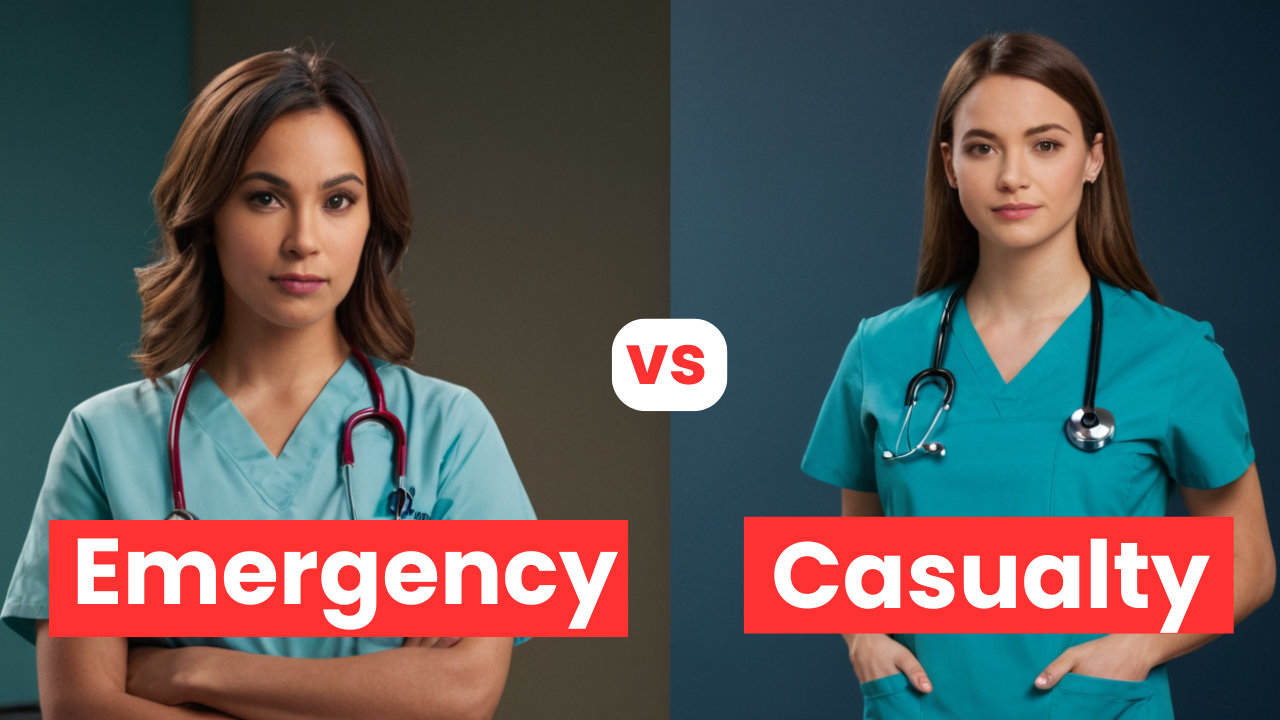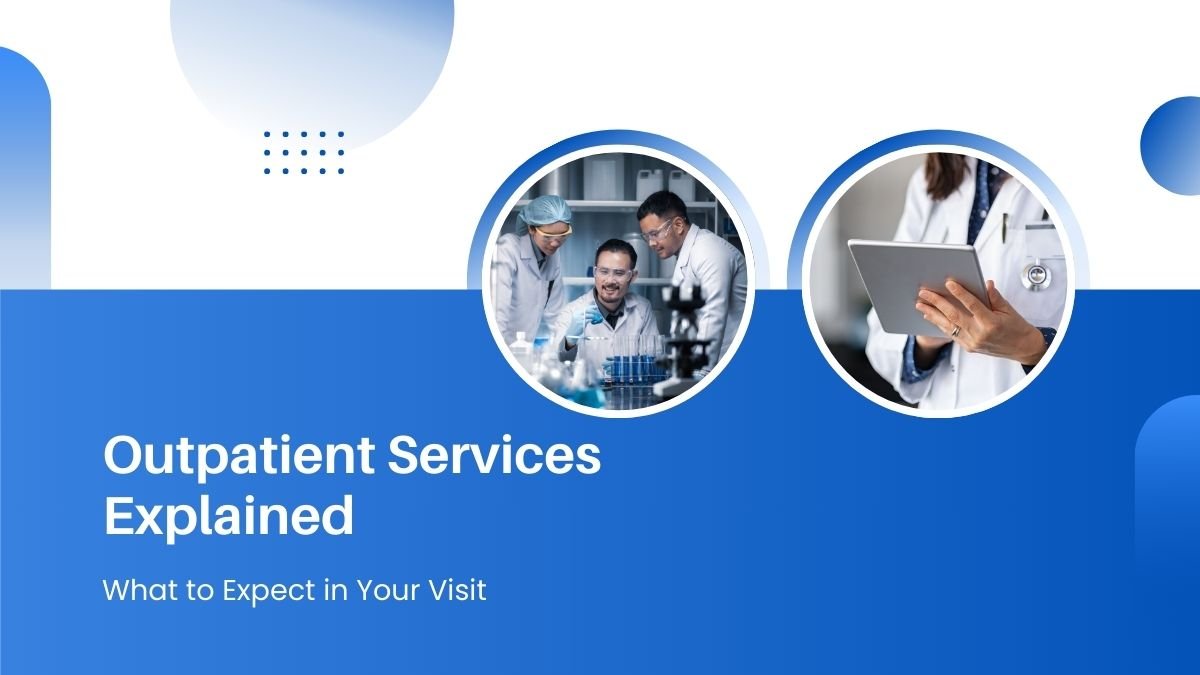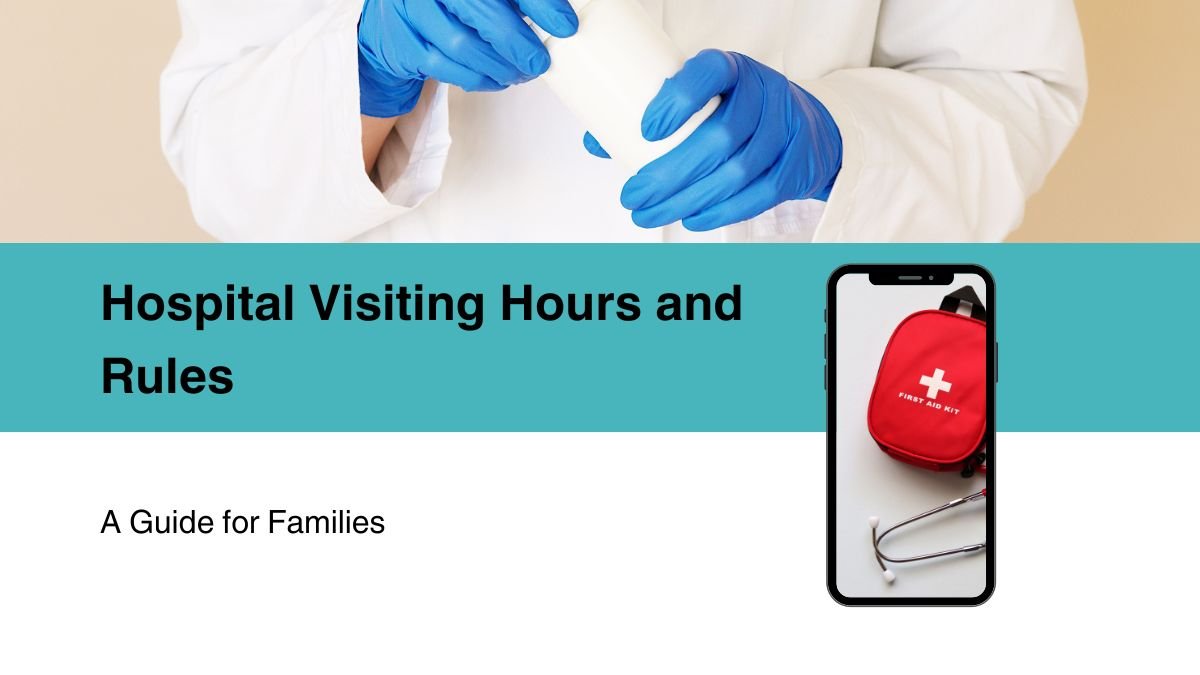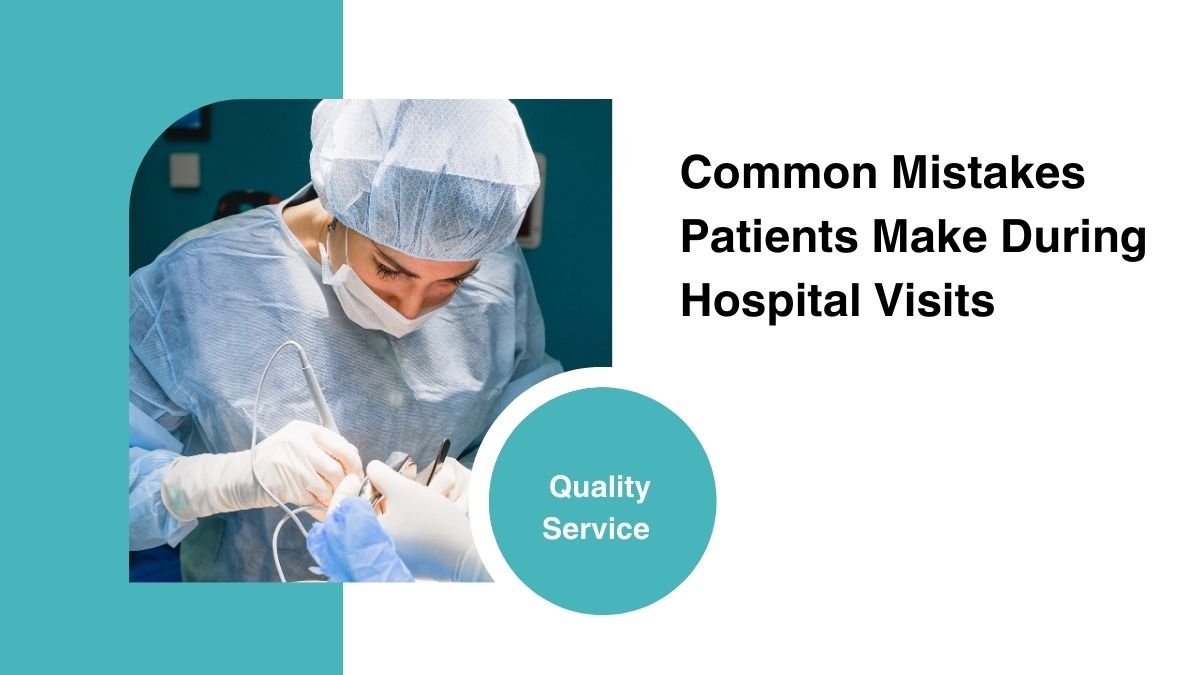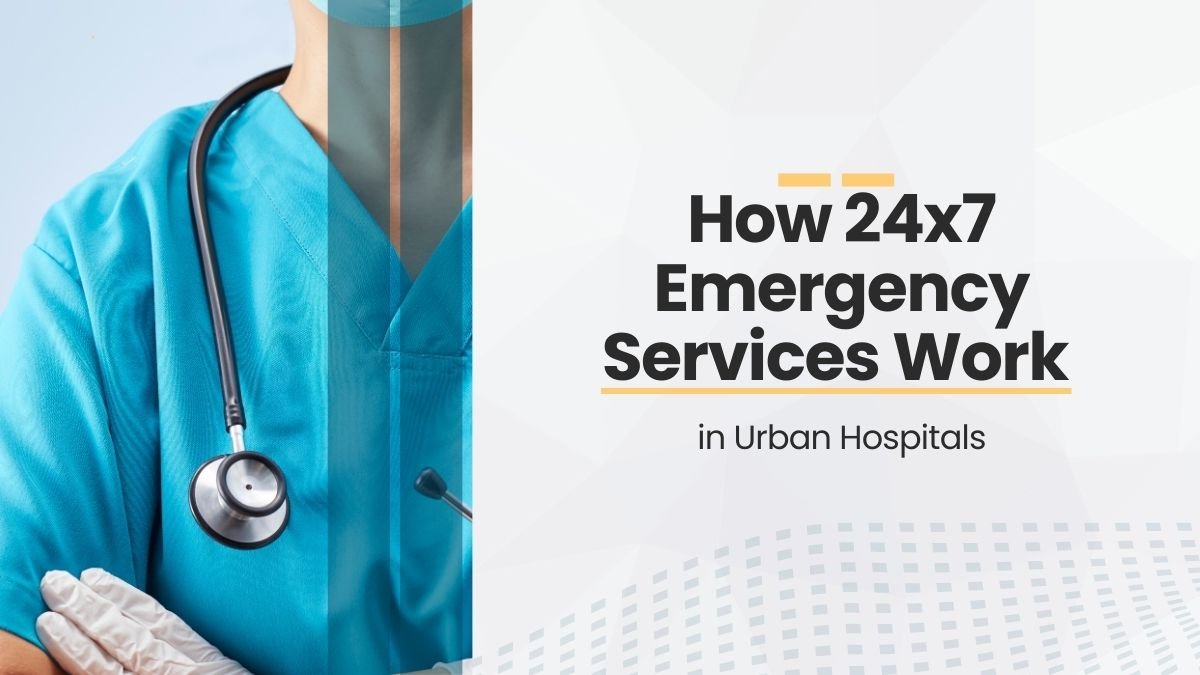When you go to a hospital, you may have often heard the words “casualty” and “emergency”. Many people think that these two are the same thing, but in reality there is some difference between these two services.
Both casualty and emergency are medical services that respond to sudden illnesses or injuries. Their main job is to provide immediate treatment to a critically ill patient so that life can be saved.
Casualty is usually where all types of patients are brought first – whether they are injured, have had an accident or have suddenly fallen ill.
Emergency is a specialised unit that treats patients with more serious and life-threatening conditions.
What are casualty and emergency?
Both casualty and emergency are medical services that are provided for sudden illnesses or injuries. Their main job is to provide immediate treatment to a patient in a critical condition, so that life can be saved.
Casualty is usually the place where all types of patients are brought first – whether it is an injury, accident or sudden deterioration in health.
Emergency is a special unit that treats patients with more serious and life-threatening conditions.
Casualty works 24×7
Casualty services in hospitals are available round the clock. This means that at any time, day or night, the patient can get immediate treatment.
Example:
If someone gets a heart attack at 2 am, he is directly taken to the casualty unit of the hospital, where doctors start treating him without delay.
Special beds in emergency
- There are about 10 beds in the emergency ICU, where critically ill patients are kept.
- 19 beds are in the emergency ward.
- 5 beds are only for initial examination (triage).
Doctors and staff are always ready
Senior resident doctors, medical officers and intern doctors are present 24 hours a day in casualty and emergency. These people are trained to give immediate treatment to critical patients.
In the Triage Area, an immediate decision is taken based on the patient’s condition as to who needs treatment first.
Medical equipment required for emergency
The emergency unit has all the necessary equipment and resources such as:
- Crash cart (trolley filled with emergency medicines and equipment)
- Intubation kit (for inserting breathing tube)
- Cervical collar and spine board (for neck and spinal injuries)
- Pelvic binder and drainage tubes (for internal injuries)
All these things help in controlling life-threatening injuries immediately.
Treatment before paperwork
In very serious cases, treatment is done first, followed by registration and legal proceedings. Saving the patient’s life is the biggest priority. This decision is taken by the treating doctor.
Operation Theatre and other services
- 24×7 Operation Theatre: Surgery can be done at any time, especially in cases of accident or serious injury.
- 24×7 Blood Bank: Blood is available immediately when needed.
- Minor OT and Plaster Room: Splint or plaster is applied immediately for minor bone injuries, sprains or fractures.
What is the main work of Casualty and Emergency?
- Responding to emergency calls: Providing immediate treatment to the patient in situations like heart attack, brain stroke, burns, accident.
- Bringing the injured to the hospital: Ambulance, police and other service personnel reach the spot and take the patient to the right hospital.
- Medical Transport: Not only in emergencies, sometimes they also help in taking elderly or patients unable to walk to the doctor.
Role of emergency services during disasters
These services are at the forefront in case of natural disasters like earthquake, flood or fire. Their job is:
- Removing trapped people
- Providing first aid to injured people
- Take patients to a safe place
Non-emergency medical transport
Not only for critical conditions, sometimes some people take ambulance service for regular checkups as well. Especially:
- Elderly people
- Disabled or wheelchair bound people
- Patients who find it difficult to travel alone
Casualty department or local ambulance service can help these people too.
Why are casualty and emergency services important?
In a huge country like India, where thousands of accidents, diseases and medical emergencies occur every day, these services have become life savers.
- These services provide the right treatment to patients in the initial ‘golden hour’, which can save lives.
- Treatment is fast and effective with trained doctors and modern equipment.
- Take the patient to the hospital on time is also a big responsibility of these services.
Conclusion
Casualty and emergency are not ordinary places, but these are the places in the hospital where the battle between life and death is fought. The biggest purpose of these services is to save lives and provide the right treatment as soon as possible.
If you or someone close to you ever has a medical emergency, do not panic. Go straight to the casualty or emergency unit. The team there will help you in every possible way.
